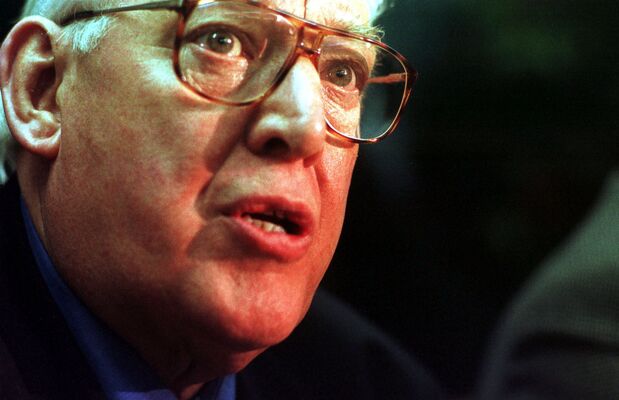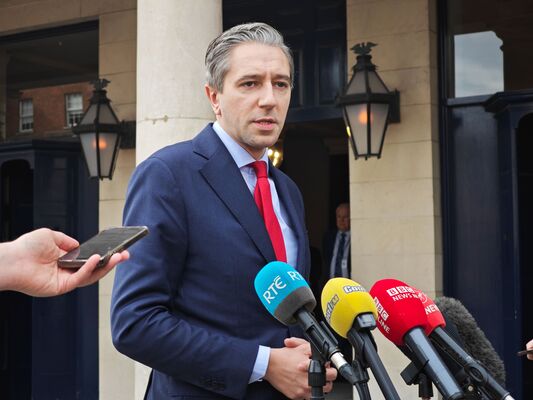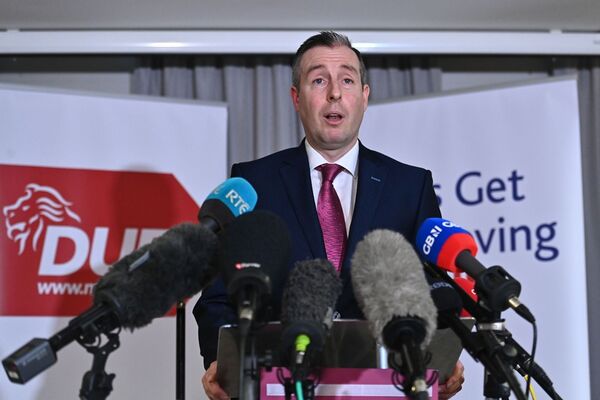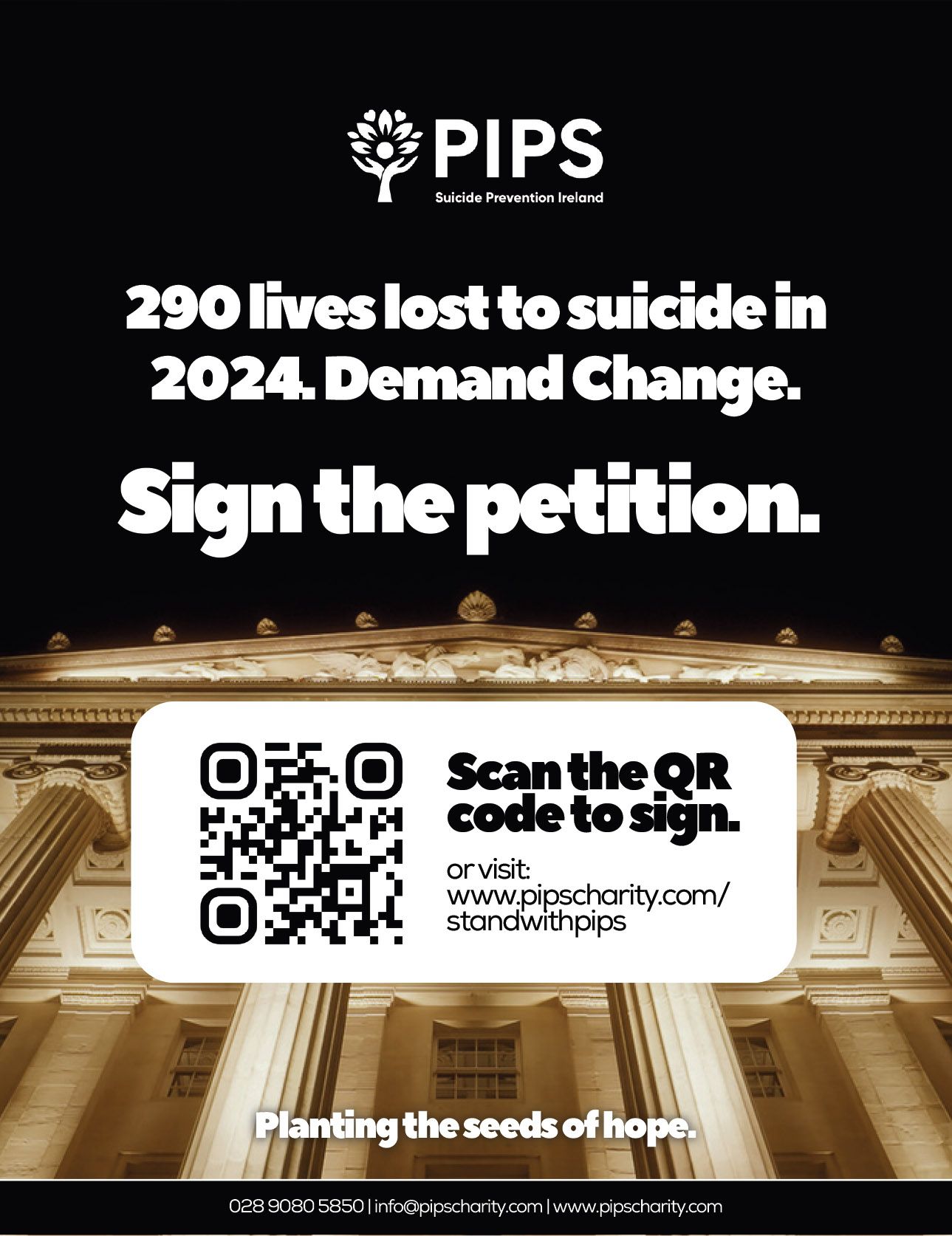Like the Christian story of Easter, the Easter Rising of 1916 went from open contempt for those at its centre, to a dramatic realisation of what the Rising meant. The risen Christ had first to endure pain and bloodshed before the rebirth of hope among his followers could happen. Likewise the Irish people needed the shock of sacrifice before they saw the true situation in their country.
Patrick Pearse was keenly aware of what might happen if he and his followers were defeated. He had a keen understanding of the parallels between a risen saviour and a risen people, and the taking of the GPO at Easter was planned to headline that parallel.
Shortly before he was executed, Pearse wrote a poem titled ‘A mother speaks’
Dear Mary, that didst see thy first-born Son/Go forth to die amid the scorn of men/For whom He died,/Receive my first-born son into thy arms,/Who also hath gone out to die for men,/And keep him by thee till I come to him./Dear Mary, I have shared thy sorrow,/And soon shall share thy joy.
Papal Count George Plunkett was sent to Rome a fortnight before the Rising to seek the blessing of Benedict XV. “The Pope was very moved”, Plunkett reported, and “conferred his Apostolic Benediction on the men who were facing death for Ireland's liberty”.
In the Easter Proclamation itself, God features prominently: “{We] place the cause of the Irish Republic under the protection of the Most High God, Whose blessing we invoke upon our arms"
The rosary was recited at regular intervals inside the GPO, and before they died, all of the signatories to the Proclamation received Holy Communion from a priest.
Countess Markiewicz and Roger Casement, both Protestant, converted to Catholicism.
Not everybody approved of the linking of political sacrifice and religious sacrifice, either at the time or over the century since. A repeated criticism is that the Signatories had not got the backing of the people when they seized the GPO, and that the strong emphasis on Catholicism by Pearse and others found its ultimate expression in the creation of two states in Ireland, one Catholic and one Protestant, with all the divisions that brought.
In 1934 Sir James Craig made no bones about the kind of state he was the prime minister of: “All I boast is that we are a Protestant Parliament and Protestant State." Sir Basil Brooke had no illusions about the enemy within: “I recommended people not to employ Roman Catholics, who were 99 per cent disloyal."
Things have changed since then. The southern state, once massively Catholic, is now firmly secular. As. Peadar Tóbin once remarked, some people are almost embarrassed to admit that they attended Mass last Sunday.
The northern state, built to maintain Protestant/Unionist power indefinitely, now has a republican First Minister and a majority non-unionist population. Whether you welcome either or both of these developments or not, they bring Ireland today closer to the ambition of the father of Irish republicanism: “To substitute the common name of Irishmen in place of the denomination Protestant, Catholic and Dissenter “.
What remains now is for the people of Ireland, north and south, to take the practical steps necessary before a border poll.
The British people did their Brexit poll in a blindfold-and-pin-the-tail-on-the-donkey way, inflicting major economic and cultural damage on us all.
To avoid such lies and disaster, the Dublin government needs to be proactive with a Citizens’ Assembly on Irish unity, along with structures that support sustained and inclusive discussion. Only with such practical planning and structures can the Irish people play their part in a border poll, finally making real a dream that’s been eight hundred years in the making.








